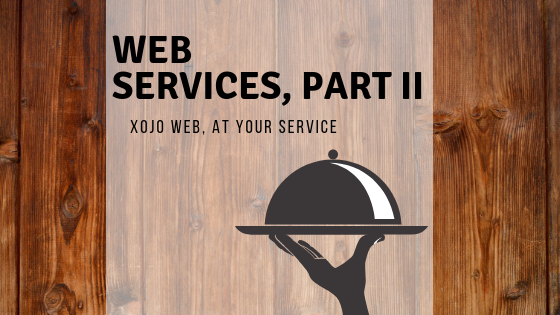December 3rd kicks off Computer Science Education Week 2018! Computer Science Education Week is held in early December every year in recognition of the birthday of computing pioneer Admiral Grace Hopper. Alongside this is the Hour of Code promotion where schools throughout the world get students to try at least 1 hour of programming at some point during the week.
Each year for Hour of Code, I volunteer at the local Middle School to talk to the students about what it is like to be a programmer and do a little bit of programming. This year I plan to demonstrate Xojo Dojo with a Raspberry Pi and show the kids how much fun coding and Xojo programming can be.
Comments closed

